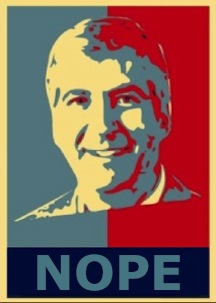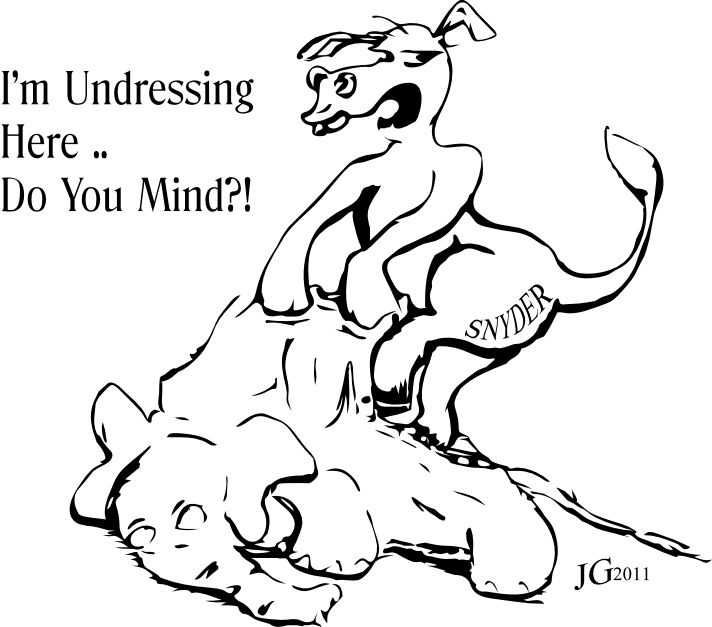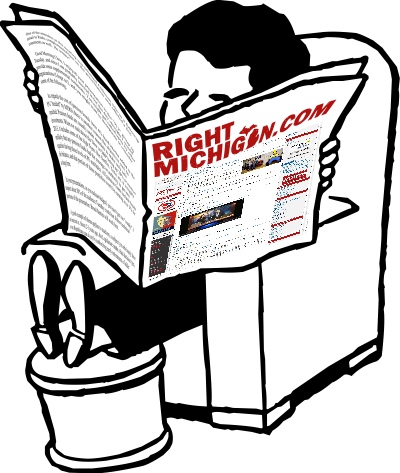Before I go into a little detail on how the at-large proportional delegates are awarded, let me share my thoughts on Dan's district-by-district predictions. (Hint: we aren't going to agree on all of them)
CD-01: Yes, this district is likely to go huge for Santorum, but look for a strong second-place showing by Gingrich. (2 delegates to RJS)
CD-02: While I agree that this district will probably go to Santorum, keep in mind that Ron Paul has a decent spoiler option here. Four Grand Rapids suburbs (Walker, Grandville, Wyoming, and Kentwood) have been drawn into the 2nd District in the reapportionment, and Ron Paul has a hugely active base in Kent County. I don't think that it's enough to take the delegates away from Santorum, but it'll make Primary Night interesting. (2 delegates to RJS)
CD-03: If this were the pre-2011 district, I'd say award these two delegates to Ron Paul, because Kent County pretty much owned the pre-2011 apportionment. But the reapportionment has cut Kent County's voting population almost exactly in half, and added in Calhoun County. The end result is going to be a three-horse race between Paul, Romney, and Santorum. It should still be a Santorum district, but it's going to be close. (2 delegates to RJS)
CD-04: The "Michiganders for Gingrich" grassroots is strong in this district. Yes, Santorum will do well, but he'll finish second. (2 delegates to NLG)
CD-05: What's true of District 4 is also true here, if not more so. Santorum will come on strong, Paul will make it interesting, but Gingrich gets the win. (2 delegates to NLG)
CD-06: With the squishy moderate Upton influence, Romney could have a better-than-expected showing here. That having been said, I expect that the Hoogendyk insurgency should pull this district into the Santorum column. (2 delegates to RJS)
CD-07: The only way Santorum doesn't finish first is if Paul does will enough to finish second. (2 delegates to RJS)
CD-08: The MSU campus is the wild card in this district, and Paul normally does well in districts where college kids can influence the outcome. I think that'll be the deciding factor in a close four-horse race. (2 delegates to REP)
CD-09: This is one of two districts that will go Romney, for all the reasons that Dan stated. Macomb County will make this a three-horse race, but Mitt should still finish on top, even if it'll be close. (2 delegates to WMR)
CD-10: The Reagan Democrat and Rural Conservative will hand this district to Santorum without too much trouble. (2 delegates to RJS)
CD-11: This is the other district that'll go Romney. Unlike the 9th District, this district is pretty much right in Mitt's wheelhouse, which is to say that it won't even be close. (2 delegates to WMR)
CD-12: This is the other district where a major college campus (University of Michigan) will play a deciding factor, and the C4L's state headquarters is located in Ypsilanti. Unlike the 8th District, I don't see this one going into anyone's column except Ron Paul. (2 delegates to REP)
CD-13: The old money in the Gross Pointes will give Romney a presence in this district, but I don't think it'll be enough. Santorum's message resonates with the urban churchgoers, even though they'd otherwise vote democrat. The crossover turnout will be enough. (2 delegates to RJS)
CD-14: There is nothing in this district to save Romney (not that we'd want that), nor to give the district to anyone other than Santorum. (2 delegates to RJS)
So, before we get into the discussion of how the proportional awarding of the at-large delegates will be worked out, my prediction of the district delegates is that they will be awarded thusly (candidates listed in projected order of statewide popular vote finish):
- Rick Santorum: 16 delegates
- Mitt Romney: 4 delegates
- Ron Paul: 4 delegates
- Newt Gingrich: 4 delegates
Now then, the proportional awarding of the at-large delegates isn't just limited to the two that are being discussed. Under the original (non-penalized) delegate assignment, Michigan had 14 at-large delegates. The 50% penalty imposed by the RNC was realized by taking one delegate from each congressional district and 12 delegates from the at-large allotment. (We also had three "party delegates," but Bobby Schostak, Saul Anuzis, and Holly Hughes were stripped of their delegate status under the penalty.)
However, the entire 14 delegate allotment will still be awarded proportionately to any of the four candidates who finishes with at least 15% of the statewide popular vote total. But -- and this is absolutely critical -- only two of those delegates will actually be assigned as voting delegates. (The remaining 12 will be sent to convention as non-voting pledged delegates, which is about as useful as sending a gelded stallion into a brood mare pen, but those are the rules.)
The question is: who gets those two voting delegates and how is that decided?
The answer is: to be decided on the floor at the MIGOP State Convention on Saturday, May 19th.
That's right, boys and girls, the state convention delegation (which is the aggregate of the district convention delegation, which is drawn from the county convention delegation, which is drawn from the 2010 precinct delegate pool) will settle that question . . . a full 11-1/2 weeks after the state's presidential primary is in the books, and the populace is presumably focused elsewhere. And I'll happily wager a Salmon P. Chase that the establishment bluebloods are going to do everything they can think of to make damn sure that at least one (if not both) of those delegates are awarded to "Michigan's Native Son."





